With the new reporting requirement for the Quality Indicators coming into effect on 1 April 2023, providers should consider how their operational reporting process will accurately and efficiently collect the data required by the Department of Health and Aged Care (DoHAC).
Providers should consider how easily their workforce is able to generate clinical indicator reporting from their current systems. Providing key personnel with the information they need to make informed decisions about consumer care is an essential aspect of monitoring healthcare performance.
Often the data collection process can be complex and time-consuming for your workforce, preventing key personnel from attending to other high-value activities and resulting in a loss of productivity. Clinical data is often spread across multiple systems and is stored in various formats. Frequently, organisations’ clinical reporting involves manual data entry to consolidate findings, this leads to errors and incorrect information being reported to the DoHAC. Providers should focus on submitting highly accurate information, as their data will be used to formulate part of the providers’ Star Ratings.
Integration software simplifies the process of clinical reporting by automating the data collection and analysis process. Acredia software can improve the efficiency and accuracy of clinical and quality indicator reporting by bringing data together into a single view. This is done in three simple stages:
1. Extract
The first stage is to extract data from the current clinical system. This can be done using Acredia Care’s specialized software that easily connects to the current clinical database and retrieves the necessary data. For example, when extracting weights, the software can be configured to pull all the weight data from the system, making it available for streamlined data analysis.
2. Transform
The second stage is to massage the data so it can show unplanned weight loss. This is where the data transformation tool comes in handy. The tool can manipulate the data to reveal insights and patterns, such as identifying patients who have experienced unplanned weight loss and those who have experienced consecutive weight loss. This can be done through the use of various data transformation techniques such as data mapping, data cleaning, and data normalisation.
3. Load
The final stage is to show the data in Excel or Power BI. This can be done using data visualization tools that can turn raw data into easy-to-understand charts, graphs and figures. By using these tools, providers can quickly and easily access the information they need to make informed decisions and formulate reports for the DoHAC Quality Indicator Program.
Acredia helps your workforce meet their SIRS reporting obligations, ensuring that they are always up-to-date and compliant with relevant regulations.
For providers, Acredia software is a valuable tool, as this system is capable of managing all three steps, resulting in a simplified QI clinical reporting process and providing healthcare professionals with the information they need to make informed decisions about consumer care. This ultimately leads to better care outcomes, as healthcare professionals have more accurate and up-to-date information at their disposal.




